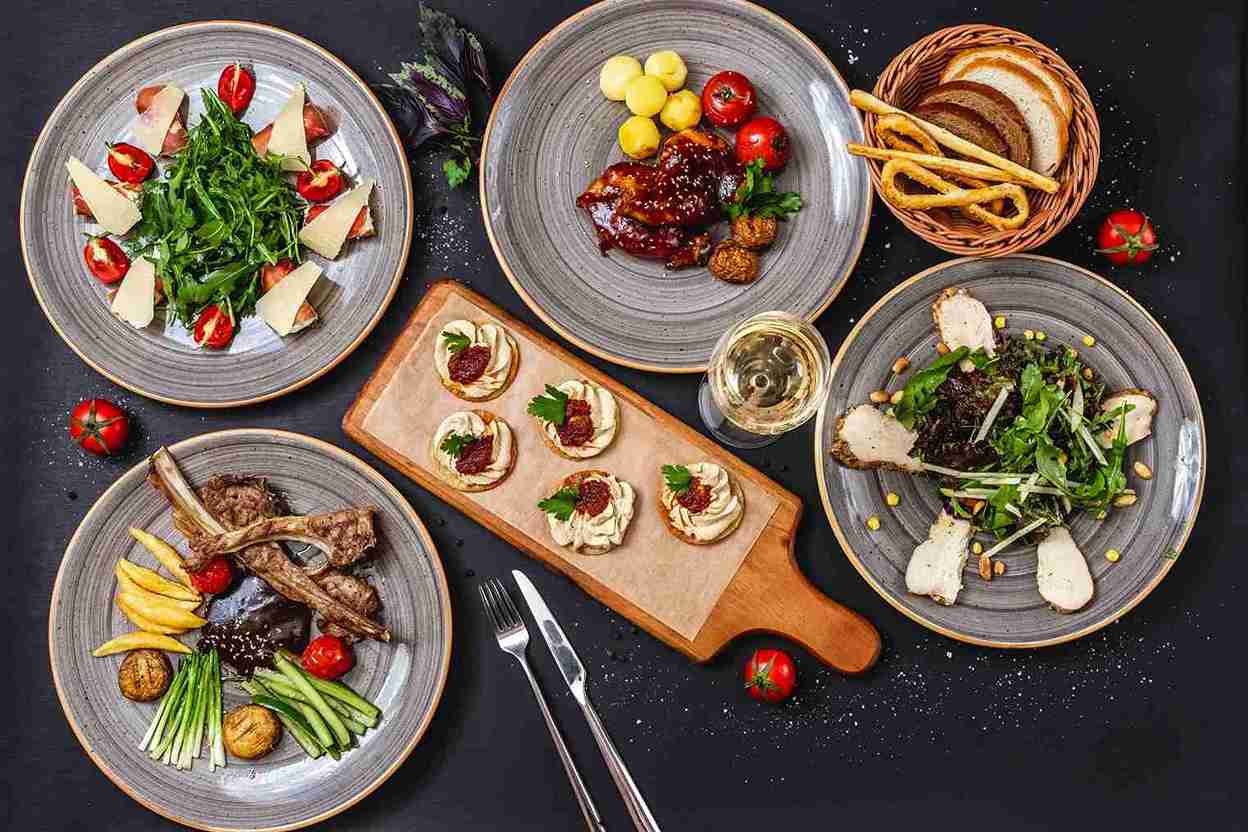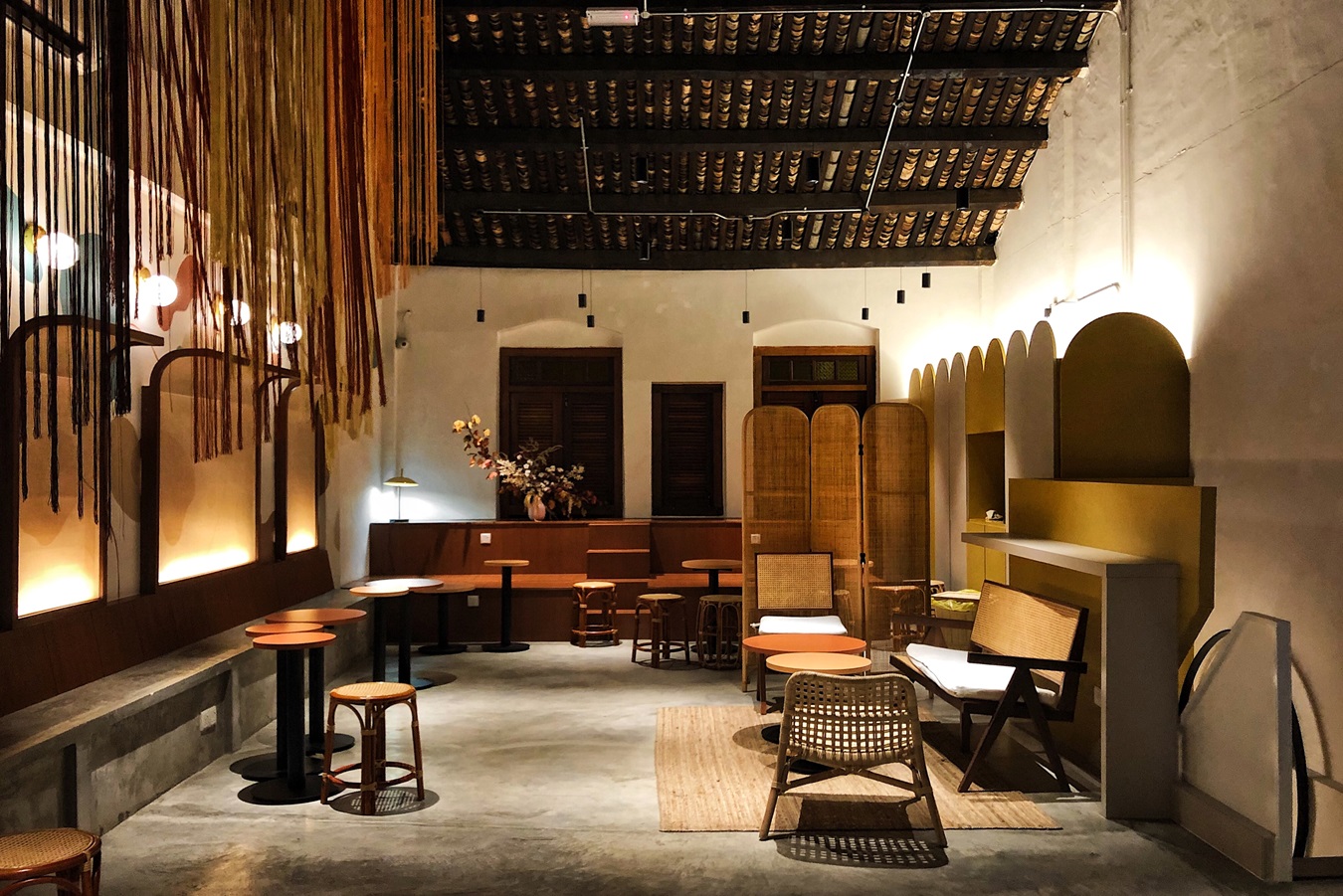 SHARE
SHARE
Table d’Hote Menu: Concept, Benefits, and Implementation in Restaurants
Sovia
In the restaurant world, food service techniques are incredibly diverse. One of the most popular methods is the table d’hote style.
This technique offers a set menu that includes a starter, main course, and dessert.
Each course is predetermined with limited options, presented in a clear and structured flow.
The concept can also be adapted to local flavors. Some restaurants have even started offering Indonesian table d’hote menus to provide a more distinctive dining experience.
Curious about the table d’hote menu concept? Let’s explore it in this article!
What Is a Table d’Hote Menu?
A table d’hote menu is a pre-set meal package offered by a restaurant. Typically, it consists of an appetizer, a main course, and a dessert, served together at a fixed price.
This menu style provides a more practical and efficient dining experience. Since everything is predetermined, customers don’t have to choose each dish individually.
When they arrive, the food is ready to be served. Even the table setting and cutlery are prepared in advance.
A table d’hote menu is perfect for those who want a complete meal without the long wait.
The menu is usually ordered in advance, so when guests arrive, everything is ready to go.
In addition to being quick and well-structured, this menu type is often more affordable.
This makes it ideal for formal dinners, special occasions, or efficient business lunches.
However, this system requires careful preparation from the restaurant. In the case of sudden cancellations, the pre-arranged tables and cutlery must be reset.
Therefore, the ordering system must be well-managed to ensure smooth operations.
In short, a table d’hote menu is a great solution for those seeking fast, complete service without the hassle of choosing each dish individually.
The Difference Between À La Carte and Table d’Hote
Source: freepik.com
An à la carte menu gives diners complete freedom to choose each dish separately, from appetizers to main courses to desserts.
Each item has its own price, so you only pay for what you order. This option is common in upscale restaurants that focus on a personalized dining experience.
In contrast, table d’hote is a set menu with a fixed sequence of dishes. It usually includes a starter, main course, and dessert, all offered at a single price.
You can’t choose items individually, as everything is served as one complete menu.
This style is often chosen by restaurants that aim to serve food more quickly and efficiently.
The key difference lies in flexibility and pricing structure. À la carte offers full control over your choices, perfect for those wanting a more personalized dining experience.
Meanwhile, table d’hote provides a more practical, affordable option with less decision-making.
Read more: What is a Banquet? This is the definition, function, duties and differences with a buffet
Benefits of Implementing a Table d’Hote Menu
A table d’hote menu offers fixed pricing, making it easier for guests to estimate their dining costs. For restaurants, this simplifies billing and daily financial management.
With a predefined menu, the kitchen can prepare dishes more quickly and efficiently. Service also runs more smoothly, as staff don’t need to accommodate individual custom orders.
Each dish in the set is curated to create a balanced blend of flavors and textures, providing a more complete and enjoyable dining experience for guests.
The limited menu options allow better control over ingredients, reducing waste and making inventory planning more accurate, helping maintain food quality.
This menu type also gives chefs room to express creativity through cohesive themes. The carefully selected dish combinations serve as a showcase of the restaurant’s culinary identity.
Table d’hote menus are especially suitable for large events like weddings, conferences, or formal banquets. Uniform presentation makes the dining experience both practical and elegant.
Read more: What is All You Can Eat? Understanding and Tricks to Eat a Lot Here So You Don
Conclusion
Table d’hote menus are not just a European dining trend but a strategy that brings many advantages to culinary businesses. With a prearranged menu concept, restaurants can offer faster, more efficient, yet still exclusive dining experiences. From kitchen efficiency and cost control to flavor consistency and customer satisfaction, all are delivered through a structured system.
Its distinct difference from the à la carte system is actually an advantage, especially for restaurants looking to improve service quality without complicating operations. When well-designed, a table d’hote menu can enhance both customer satisfaction and business profitability.
To support this, restaurant service systems must be paired with fast, reliable, and integrated ordering systems. That’s where ESB Order comes in, an online food ordering solution proven to increase transactions by up to 60% through AI-powered smart recommendations.
ESB Order also supports various digital payment methods, loyalty programs, and speeds up ordering time by up to 40% compared to manual systems.
Make your customers’ dining experience more enjoyable and streamline your restaurant’s operations with ESB Order. Let’s consult your business needs today!
 SHARE
SHARE




